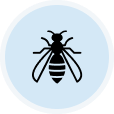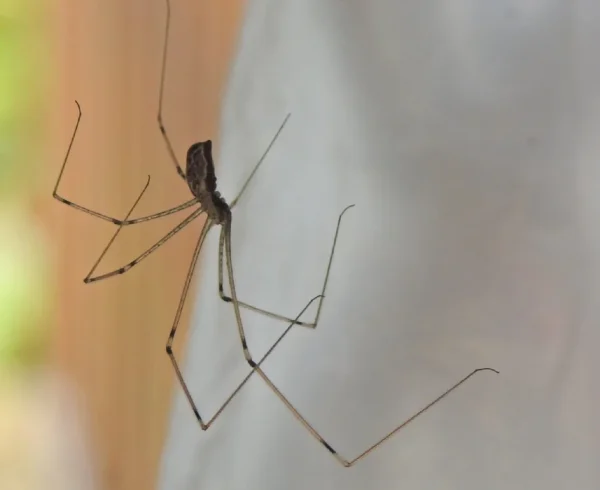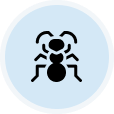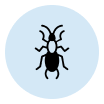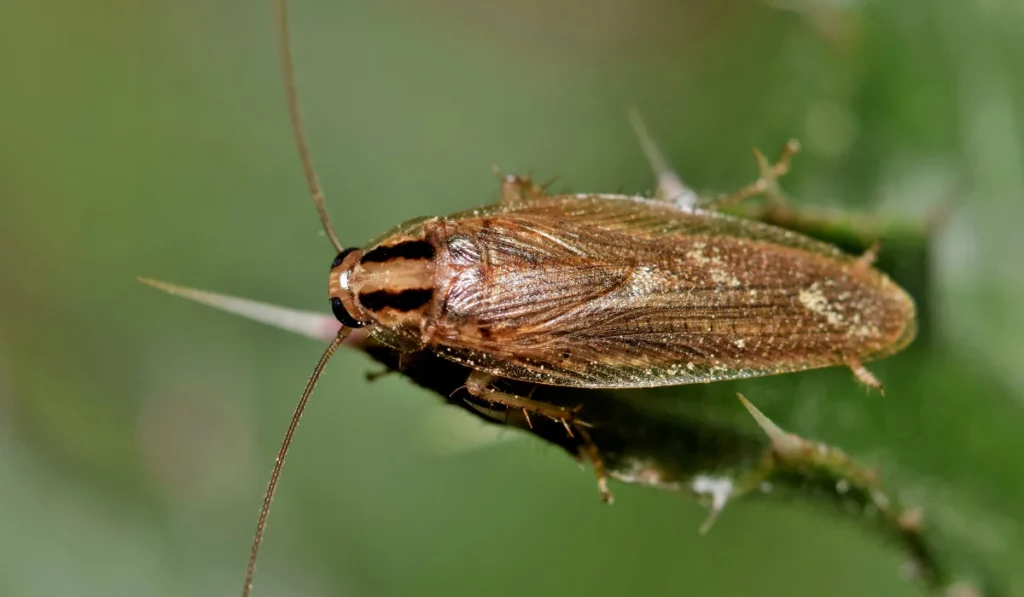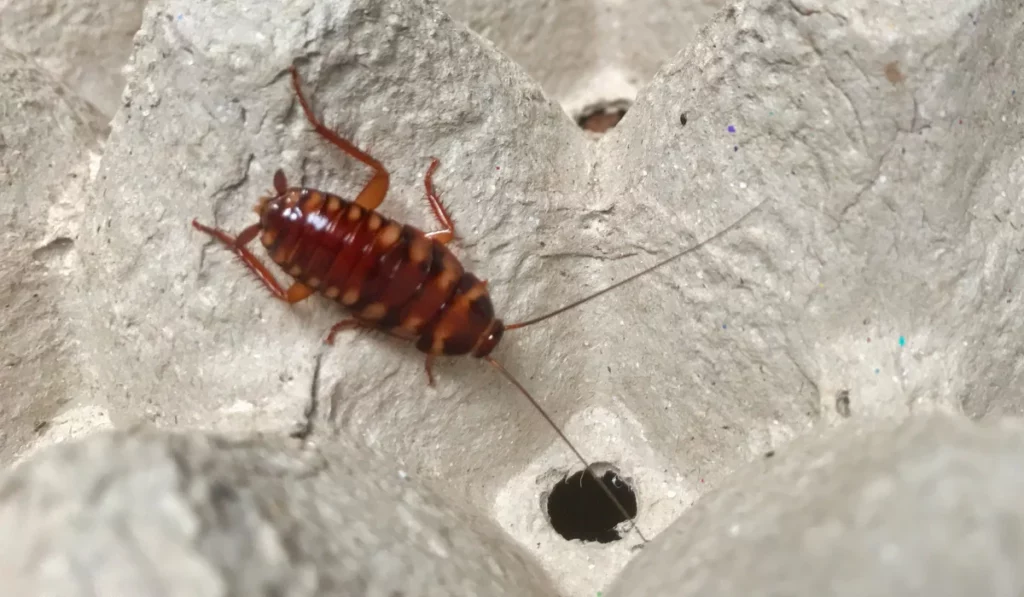Have you ever wondered why some homes in California are often home to gangly spiders hanging in corners? Cellar spiders have unique abilities that make them great at controlling other pest populations.
Recognizing these spiders can help you appreciate their role in your environment. Stay with us to uncover more about these arachnids and their significance in your space.
Key Takeaways
- Cellar spiders, or daddy longlegs, are harmless arachnids commonly found in damp, dark spaces like basements and garages.
- Known for their long, thin legs and messy webs, cellar spiders help control other insect pests in homes.
- These spiders are non-aggressive, and, while they have venom, it’s too weak to harm humans.
- Regular cleaning, vacuuming webs, and sealing entry points can help control cellar spiders, with pest control as an option if needed.
What Are Cellar Spiders?
Cellar spiders, also known as daddy longlegs spiders, belong to the family Pholcidae. Two notable types are found in the United States: the long-bodied cellar spider and the short-bodied cellar spider.
They often create loose, cobweb-like webs in dark, damp spaces, helping to control other insect pests.
What Do Cellar Spiders Look Like?
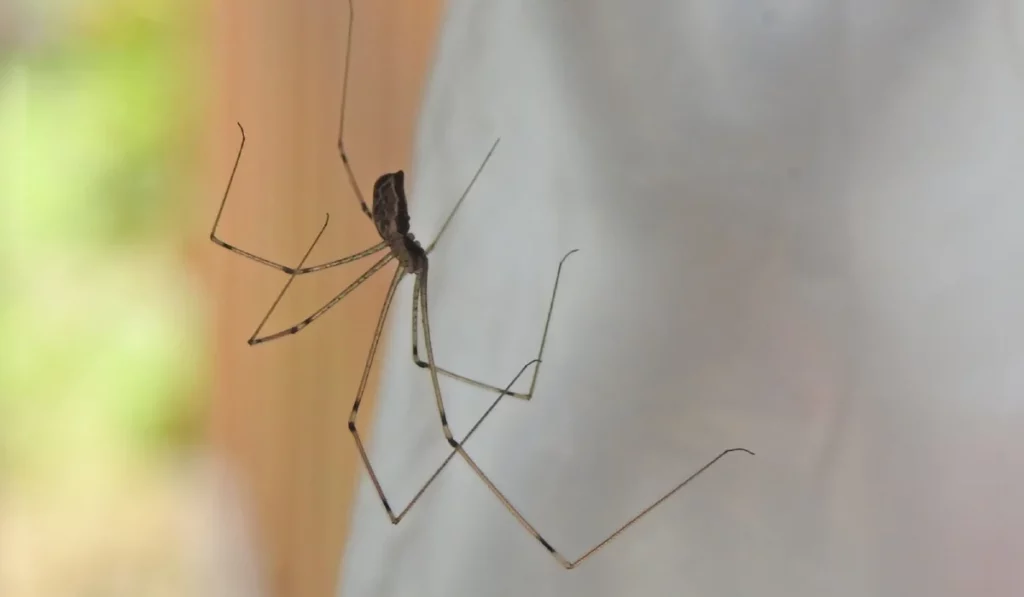
Cellar spiders are easily identified by their long, slender legs and small, oval-shaped bodies. Their body length is usually less than 0.40 inches (10 mm), with legs extending much longer.
Though they appear fragile, they are true spiders with normal spider mouthparts, including short fangs useful for capturing prey.
Where Do Cellar Spiders Live?
Cellar spiders thrive in dark, damp environments like basements, attics, crawl spaces, and garages. Their ability to adapt to human environments means they are present year-round, providing pest control but also occasionally creating an eyesore.
Their webs can easily attract dust, making them a less welcome addition to home interiors.
What Do Cellar Spiders Eat?
Cellar spiders are web-spinning hunters, catching prey in their somewhat untidy webs. Their diet includes insects like flies, crane flies, mosquitoes, and even smaller spiders.
When threatened, cellar spiders use a unique defense mechanism, rapidly vibrating in their webs to avoid becoming prey themselves. This tactic and their irregular web patterns help them catch prey while staying relatively safe from threats.
Web Pattern
The webs of cellar spiders are distinct from those of other spider species, featuring an irregular, messy structure. Unlike the symmetrical orb webs of garden spiders, these cobwebs are tangled and sprawling, commonly found in corners and crevices. They typically hang upside down in their webs, waiting patiently for prey to approach.
Life Cycle
The life cycle of cellar spiders begins when the female lays an egg sac containing a cluster of eggs. These sacs hatch into spiderlings, which develop within the sac until they’re ready to emerge. The young spiders mature over several months into adults capable of reproduction. Maturity brings about the construction of their webs.
Are Cellar Spiders Dangerous?
Cellar spiders are often mistaken for being dangerous. Many people wonder if these spiders pose any real threat to humans. The short answer is these arthropods are generally harmless.
Unlike more notorious species, cellar spiders are not aggressive and rarely bite humans. Although they have venom, it is not potent enough to affect human skin. When a cellar spider bites, it is usually mild and might not even be felt.
How to Get Rid of Cellar Spiders
Getting rid of cellar spiders in California can improve a home’s cleanliness and comfort. To reduce their presence, focus on two areas: prevention and removal.
- Remove spider webs and spiders by vacuuming corners, ceilings, and other areas where they hide.
- Set up dehumidifiers to help reduce moisture, making spaces less inviting.
- Seal cracks and gaps in walls or windows to prevent them from entering homes.
- Remove clutter, especially in basements and cellars.
- Use bug sprays specifically designed to target spiders in infested areas.
- Place sticky traps in dark areas to capture and track their activity.
- Consult pest management professionals if problems persist. Experts use safe and effective treatments.
When to Call Pest Control
Noticed cellar spiders weaving their way into every corner? When home remedies don’t cut it, Simple Pest Management is here to help.
Our pest control team knows where cellar spiders hide and can identify attractants you may not even realize are there. With professional-grade treatments and equipment, we offer a thorough solution to keep your home free from spider infestations. Call today for a free estimate wherever you are in Southern California.


